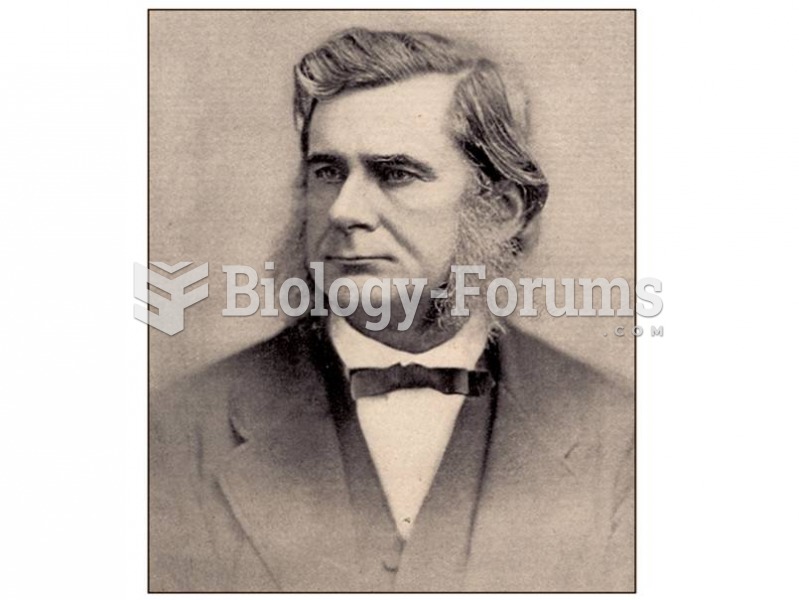Question 1
Based on this souvenir postcard from a lynching in Marion, Indiana, and the photograph of the 1925 Ku Klux Klan march in Washington, D.C., what conclusion can be reached about both lynch mobs and the Ku Klux Klan during the 1920s?
A) They revived their activities after being suppressed during Reconstruction.
B) Their targets included not only African Americans, but also Jews, Catholics, immigrants and
feminists.
C) They were unashamed of their actions and unafraid to reveal their identities.
D) Although they were usually prosecuted for their crimes, juries rarely found them guilty.
Question 2
What caused many of the former Confederate states to run up huge debts under Republicancontrolle
d state governments in the late 1860s?
A) inequitable tax codes between whites and blacks
B) financial support for the Freedmen's Bureau
C) redistribution of land to former slaves
D) the rapid expansion of government services and expenditures
Question 3
What were New Left protesters outside the 1968 Democratic Convention in Chicago supporting when violence broke out between them and the police force?
A) the legalization of drugs
B) antiwar candidate Eugene McCarthy
C) voting rights for African Americans
D) an end to violence by police
Question 4
Why does Thomas Rossiter portray the delegates to the Constitutional Convention in this nineteenth-century painting as haloed by light?
A) He wanted to emphasize the virtue of the delegates because they opposed slavery.
B) He wanted to make sure that every viewer could identify George Washington as president of
the convention.
C) He wanted to show that the delegates were not a covert group who met in secrecy.
D) He wanted to make up for the deficiencies and lack of experience possessed by the delegates.





